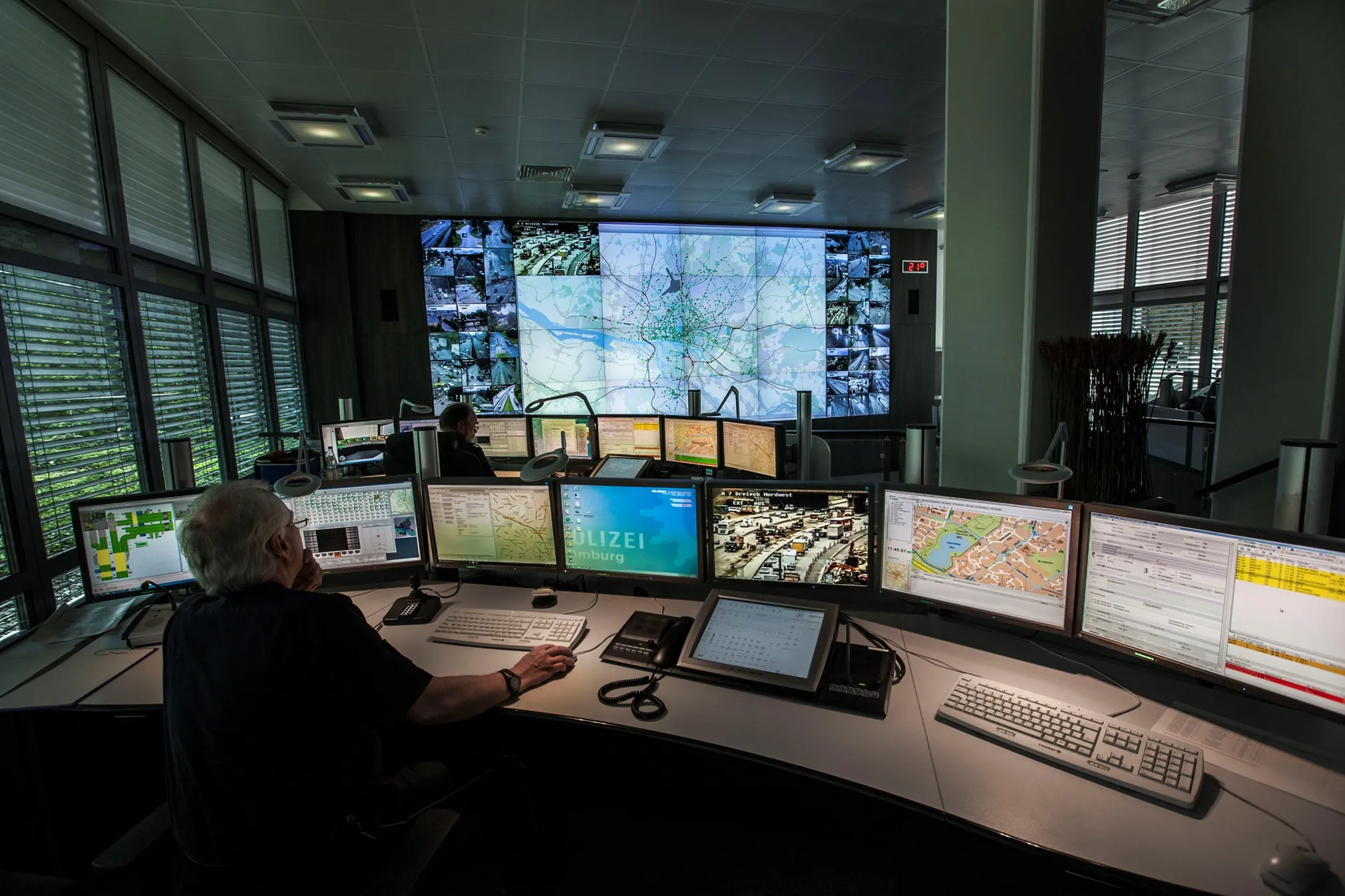Sick has launched two distance sensors with the intention of providing accurate measurement and control duties for traffic management in adverse conditions via high definition distance measurement technology. The devices, according to Sick, are ideal for determining free capacity in truck parking rows, or for automated long-range detection tasks.
DT1000 is said to provide distance measurement up to 460 metres on naturally light-coloured objects and 150 metres for matt black. DL1000 comes with a range of
March 6, 2018
Read time: 2 mins
DT1000 is said to provide distance measurement up to 460 metres on naturally light-coloured objects and 150 metres for matt black. DL1000 comes with a range of up to 1500 metres using a reflector for long-range control and identification of obstructions. These innovations come with an ambient operating temperature range of -40oC to +55oC.
Both sensors aim to achieve real-time repeatability and reliability with a measurement range spanning 0.2m to 1500m and cycling time of less than one millisecond. They can also be set up to track the movement of an object across the sensor’s beam.
These platforms feature Ethernet communication, switchable RS422/SSI interface, 4-20mA and Push-pull transistor outputs.










